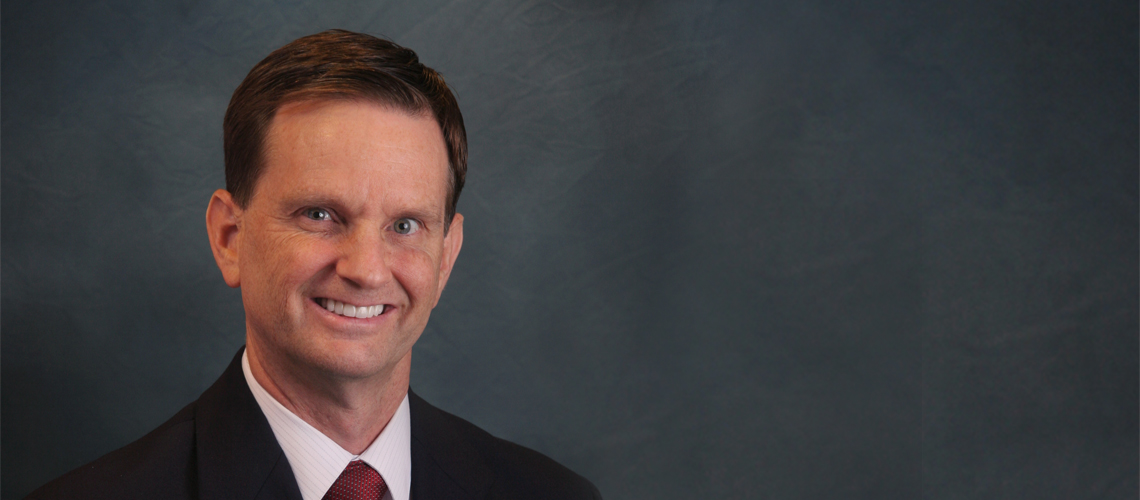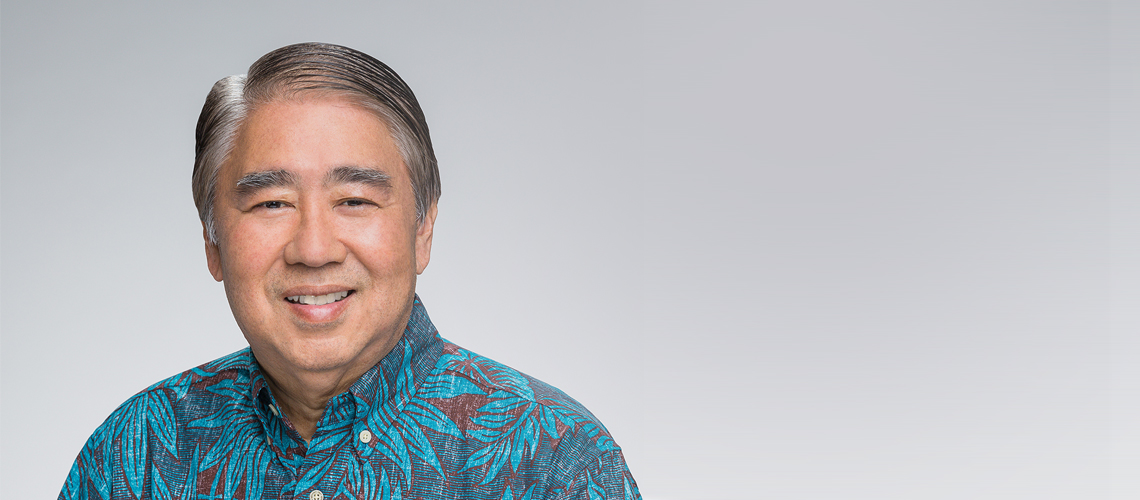The Challenges of Going High-Tech
Technology is always evolving and is great until it breaks or security is compromised. We are still scratching the surface in terms of benefiting from technological enhancements, and Hawai‘i is a little behind the mainland in embracing these enhancements. Technological advancements in the industry are hampered by the multiple platforms used by different entities for similar functions and the incompatibilities between systems, which complicates the transfer of data from one entity to another. In addition, the ever-increasing security breaches are very concerning due to the potential of being shut down for days or longer once systems are compromised, not to mention the risk of potential fines by the federal government for HIPAA breaches.
On Consumer-Driven Health Care:
The benefits include greater awareness of the cost of health care, which should lead to more prudent decision-making by consumers. But health care is very complicated, particularly when it comes to billing and payment. Cost transparency essentially does not exist for covered services, so consumers will likely not have access to the information they need to make an informed decision. Health care is also highly emotional, so individuals may demand services regardless of cost. Conceptually, consumer-driven health care is a good thing, but the industry needs to provide better information and transparency into the cost-benefit of medical services and prescriptions rendered.
Pay for outcome or pay for service?
An outcome-based payment model makes sense from an academic perspective. However, people are not always rational decision-makers, and reimbursement on subjective measures can be difficult to justify. Medical providers will look at their revenue stream versus the cost of doing business. If this new reimbursement model does not generate proper revenues, then the outcome will either be a reduction in service or the creation of supplemental revenue streams. Unfortunately, it also means those providers nearing retirement may just decide to retire as oppose to re-tool their practices, increasing the existing physician shortage.
The Affordable Care Act
Prior to the ACA, the health care industry in Hawai‘i had been much more successful than most states on the mainland due to the state’s Prepaid Health Care Act. Benefits were much more generous and the cost of medical care was lower. The ACA added very little benefit for Hawai‘i but significantly drove up cost and increased complexity in an already complicated industry. Further, the ACA tried to redo an entire industry and apply new regulations across the entire nation that did nothing but add additional coverage for some individuals and raise deductibles and out-of-pocket costs so high for the majority that individuals are still technically uninsured for the first $5,000 or more of health care costs per year. It never addressed the underlying issue—the cost of care. There are some good points, such as extending coverage for dependents to age 26, eliminating lifetime limits and discontinuing exclusions based on preexisting conditions, but it will be interesting to see how Congress moves forward to address the pressing issues arising from the ACA.
How have trends within the work force influenced the health care industry?
People are working longer and delaying retirement, so the cost of employee health insurance has risen as people age and utilize more care. Over the last couple of decades, probably the biggest impact on the health care industry has been lifestyle changes. The medical conditions we’re seeing today frequently result from the food people eat and how they spend their free time. Diabetes is becoming an epidemic and is highly influenced by poor food choices and lack of exercise. Bad lifestyle choices lead to an unhealthier population and therefore a costlier health care environment.
Are Employee Wellness Programs Worth It?
Wellness programs can help, but one size does not fit all. Wellness only works when someone is engaged. A program designed for one person may not be successful with another. We find that general education and health awareness is very beneficial for the general populace. However, for the 10 percent of the population generating 90 percent of health care costs, a wellness solution tailored to individual needs is the only way to ensure the program’s success.
The Grass is Always Greener
Many individuals look at single-payer systems as the answer, but they lose sight of some very important aspects of how care is provided in countries like Canada. Care is rationed and the timeline for receiving care can be exceedingly long. Would someone in the U.S. be OK not seeing a specialist for six months or longer if a potentially cancerous lump was found? Probably not. Sure, the cost of care is lower in Canada, but that comes with a cost of a different sort. Everyone is searching for the perfect answer, but there are drawbacks or consequences to every solution.
Wellness at HMAA
As part of our maternity management program, we provide expectant mothers with educational materials and ask them to complete an assessment so we can gauge their risk and design appropriate care support to mitigate the chances of a pre-term birth. In exchange for their participation, we provide a fetal heart monitor after the first trimester and also provide a $250 gift card at the time of birth for diapers and other newborn expenses. Other programs we offer are free colorectal cancer screening kits, onsite health fairs, flu vaccinations and, just this past year, we started providing on-site Hep A vaccinations due to the recent outbreaks in Hawai‘i.
















